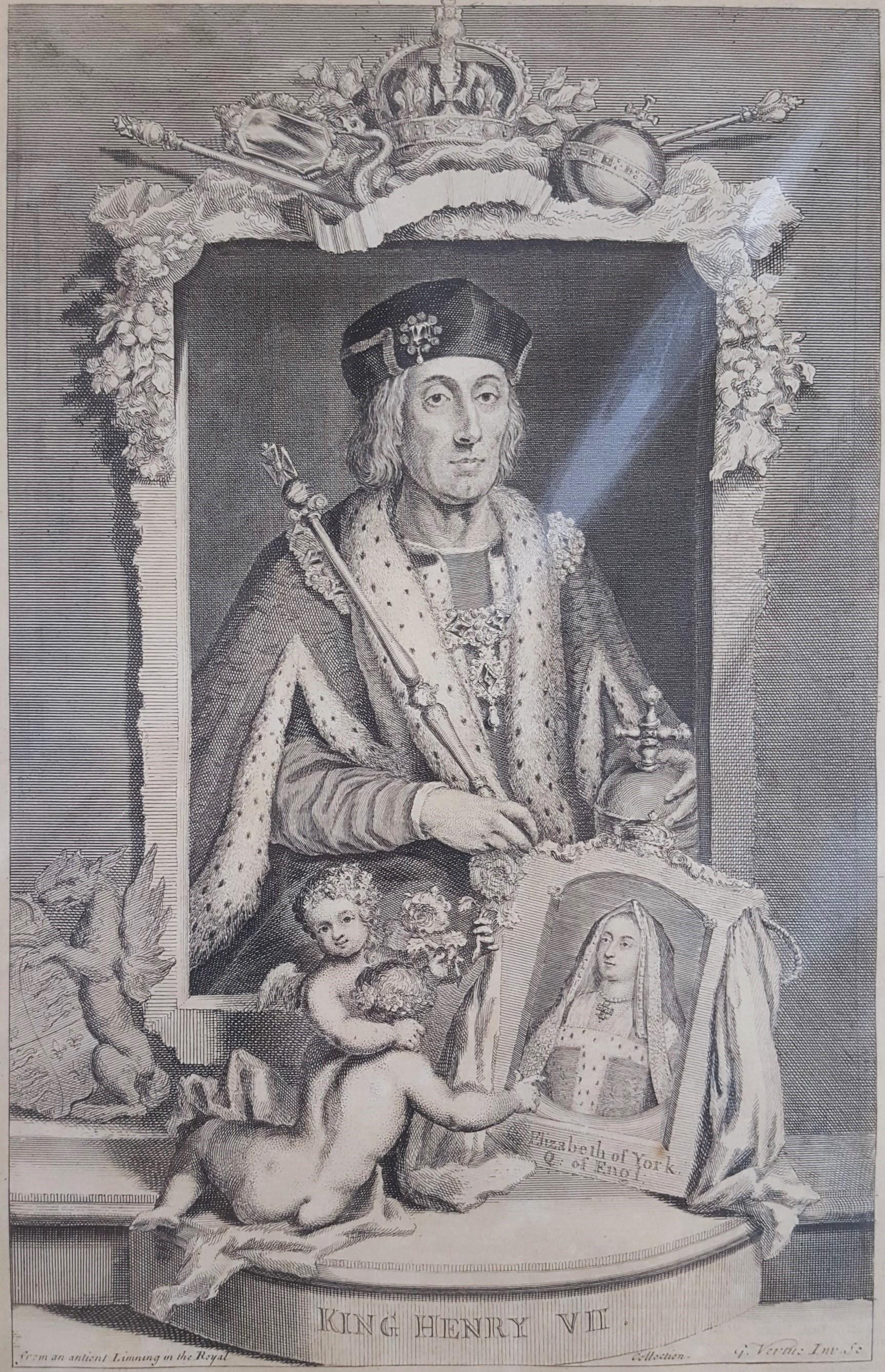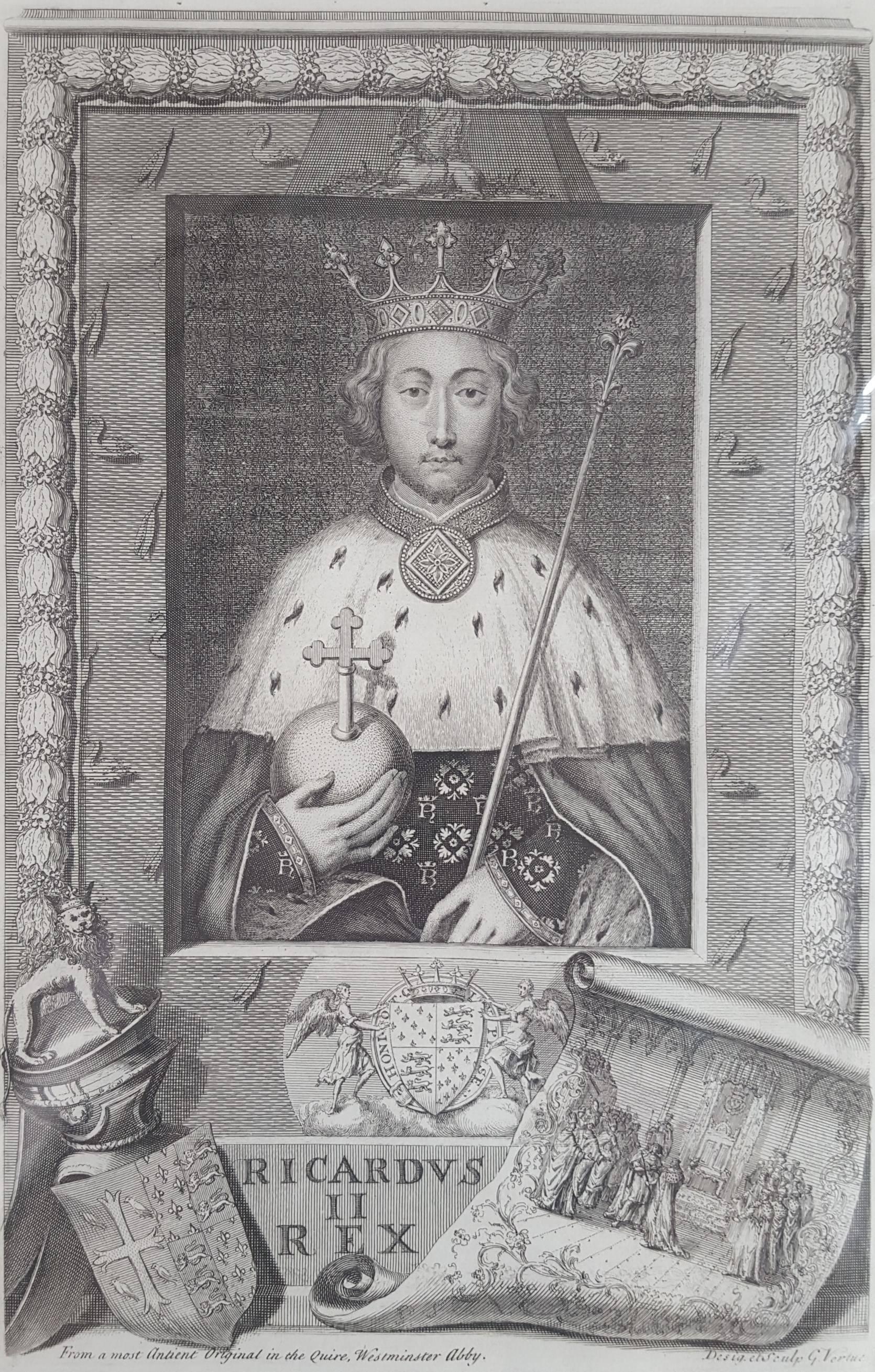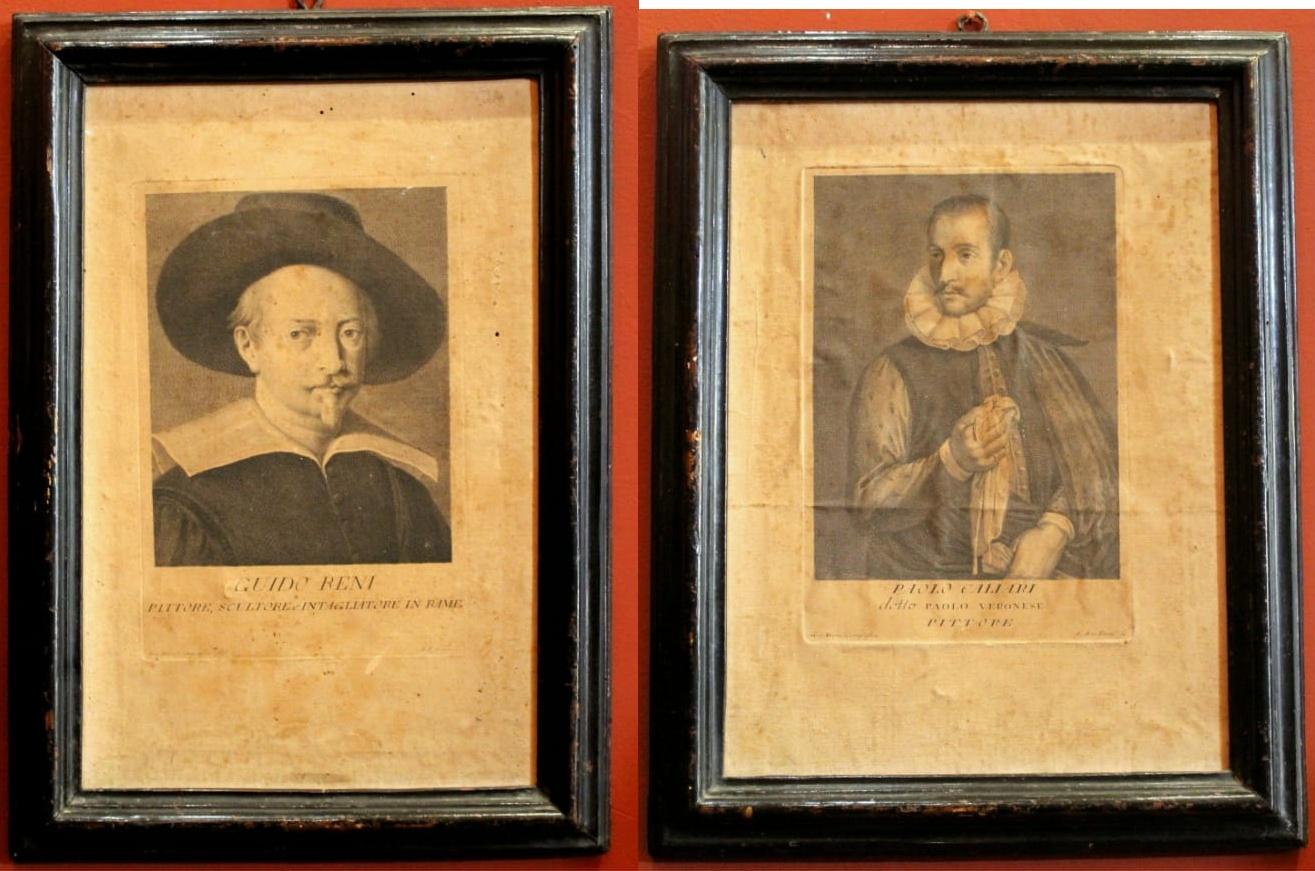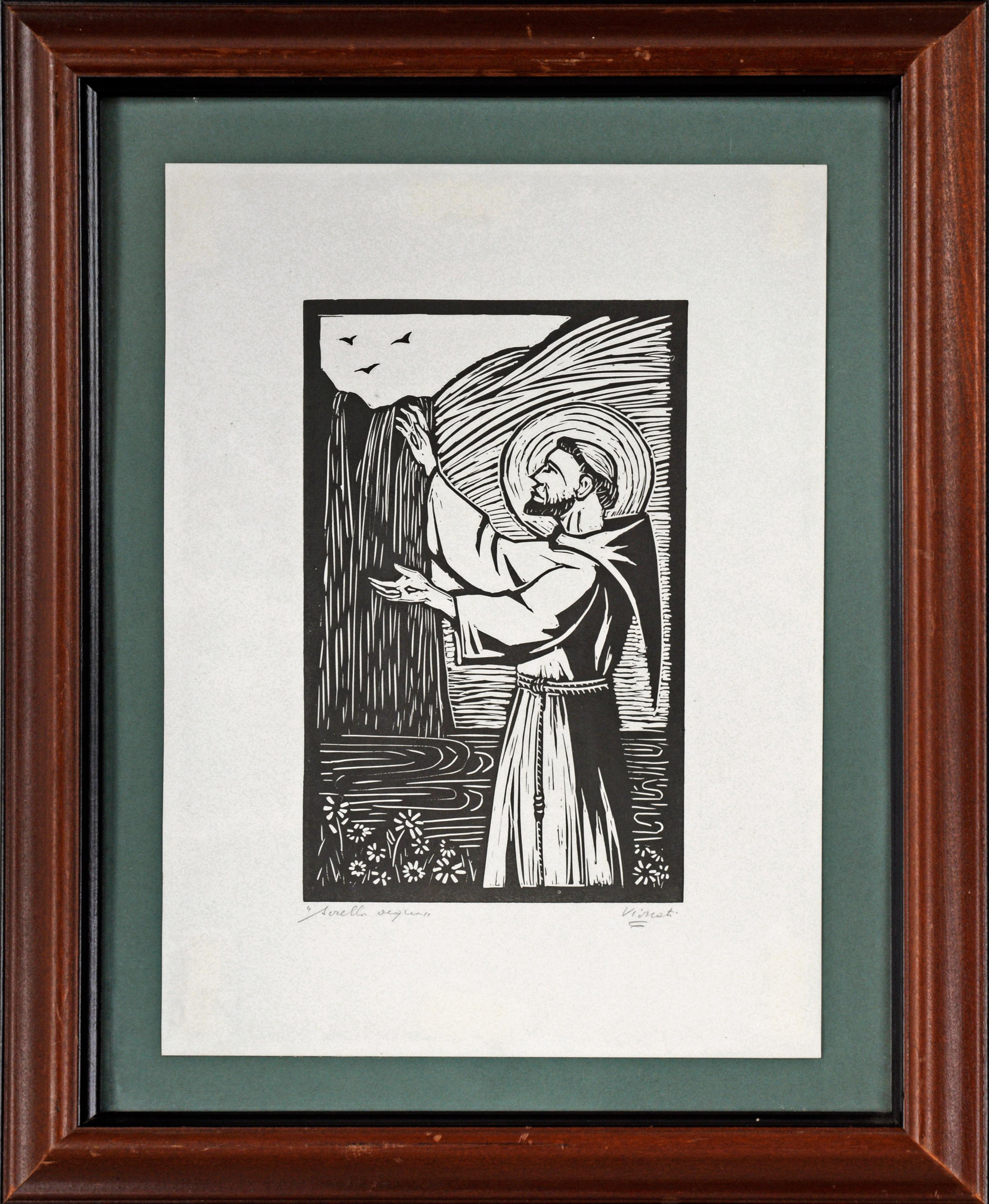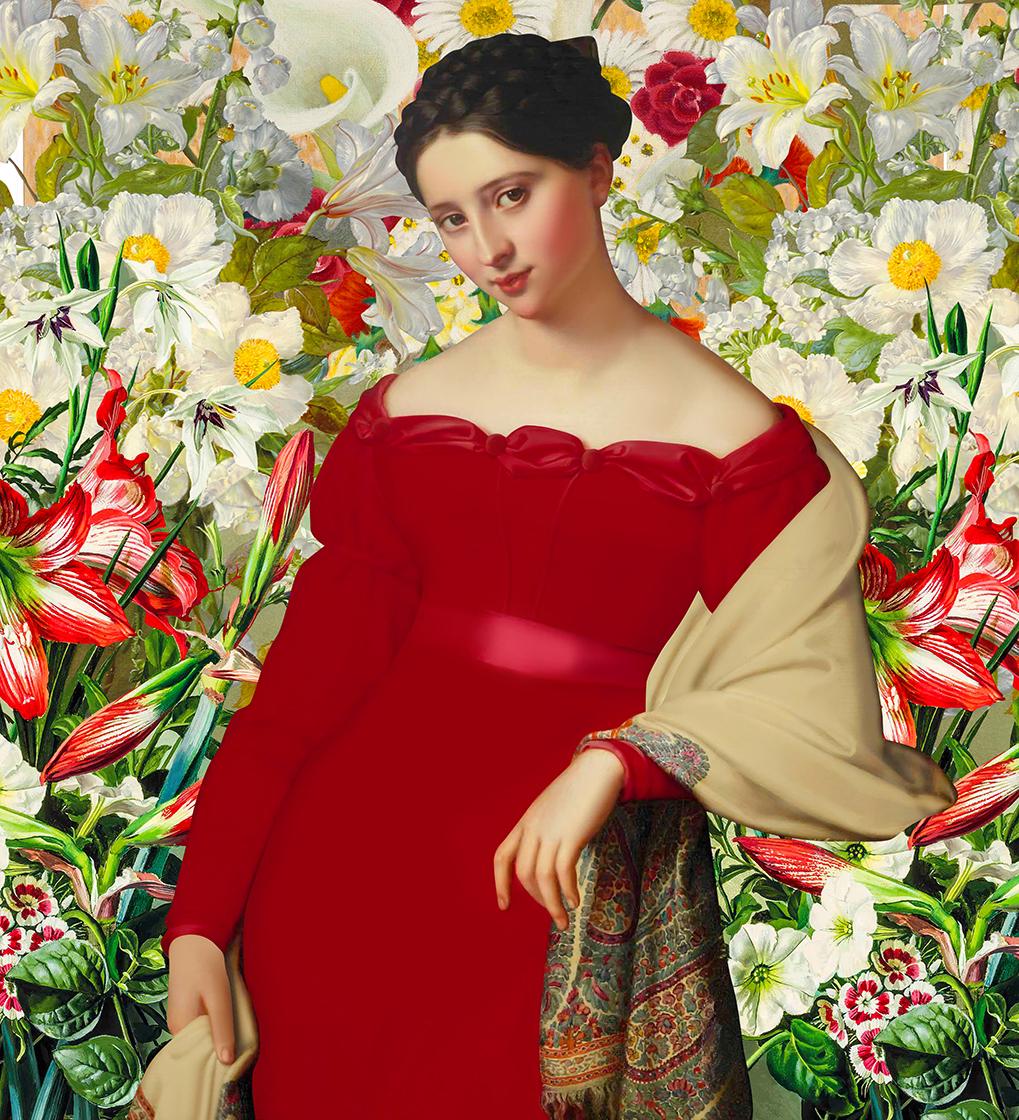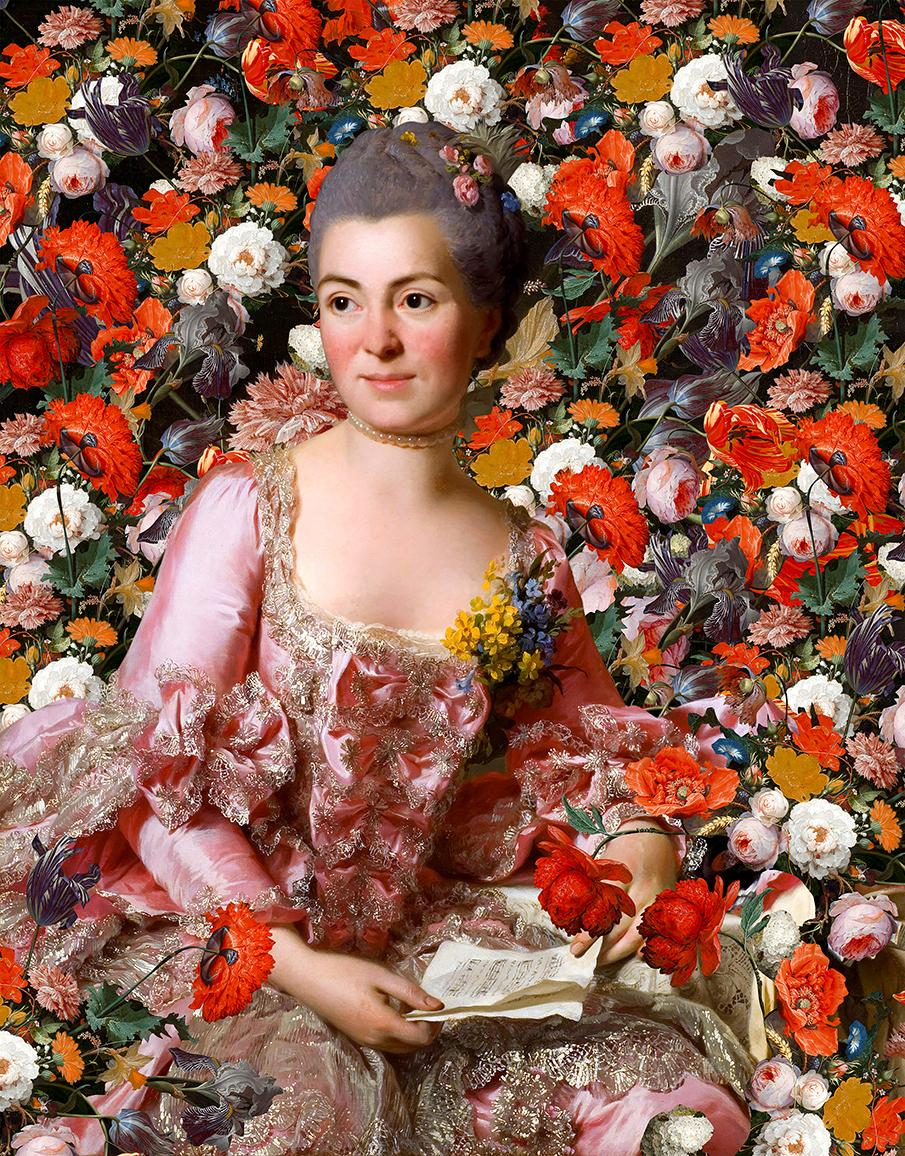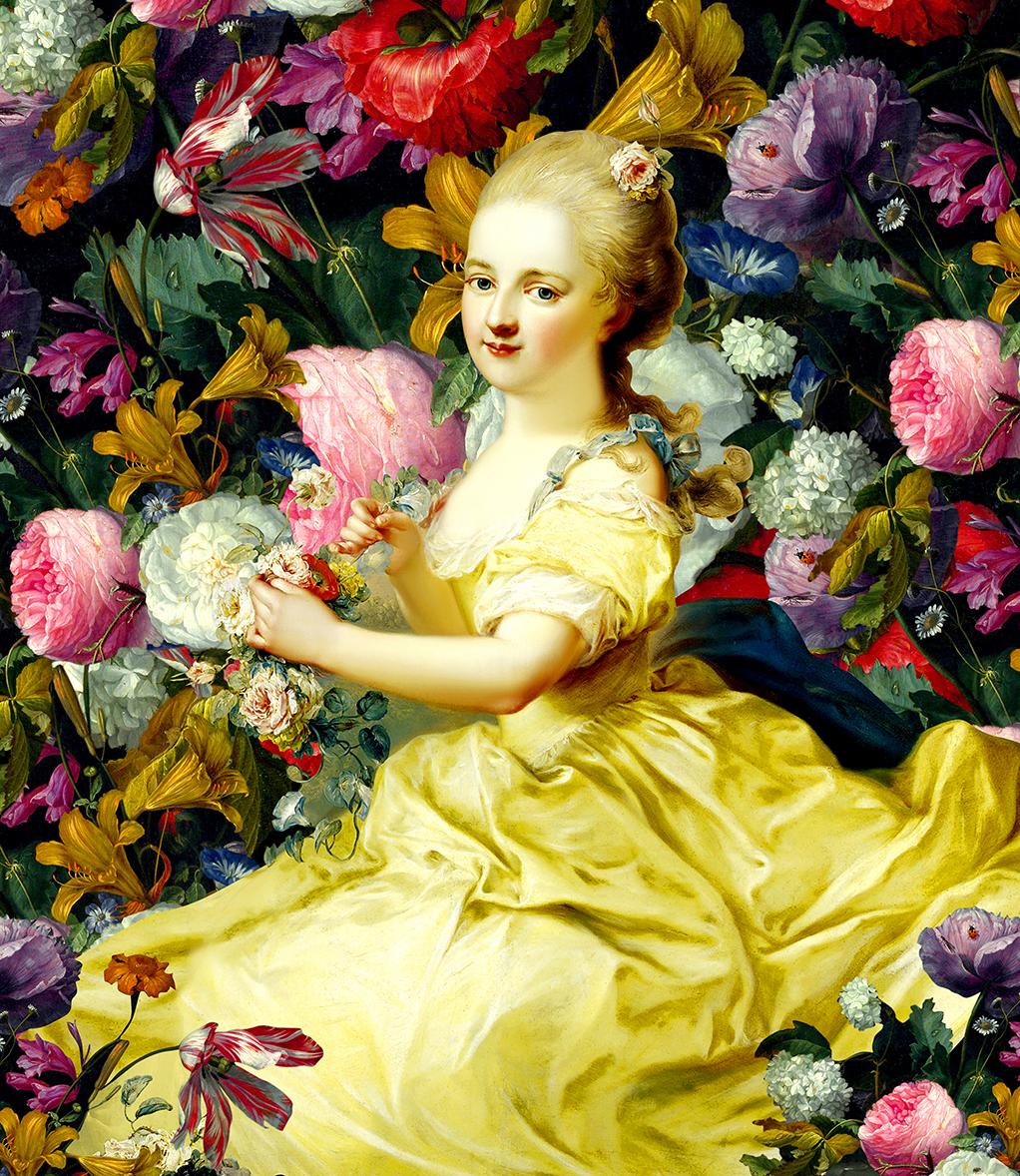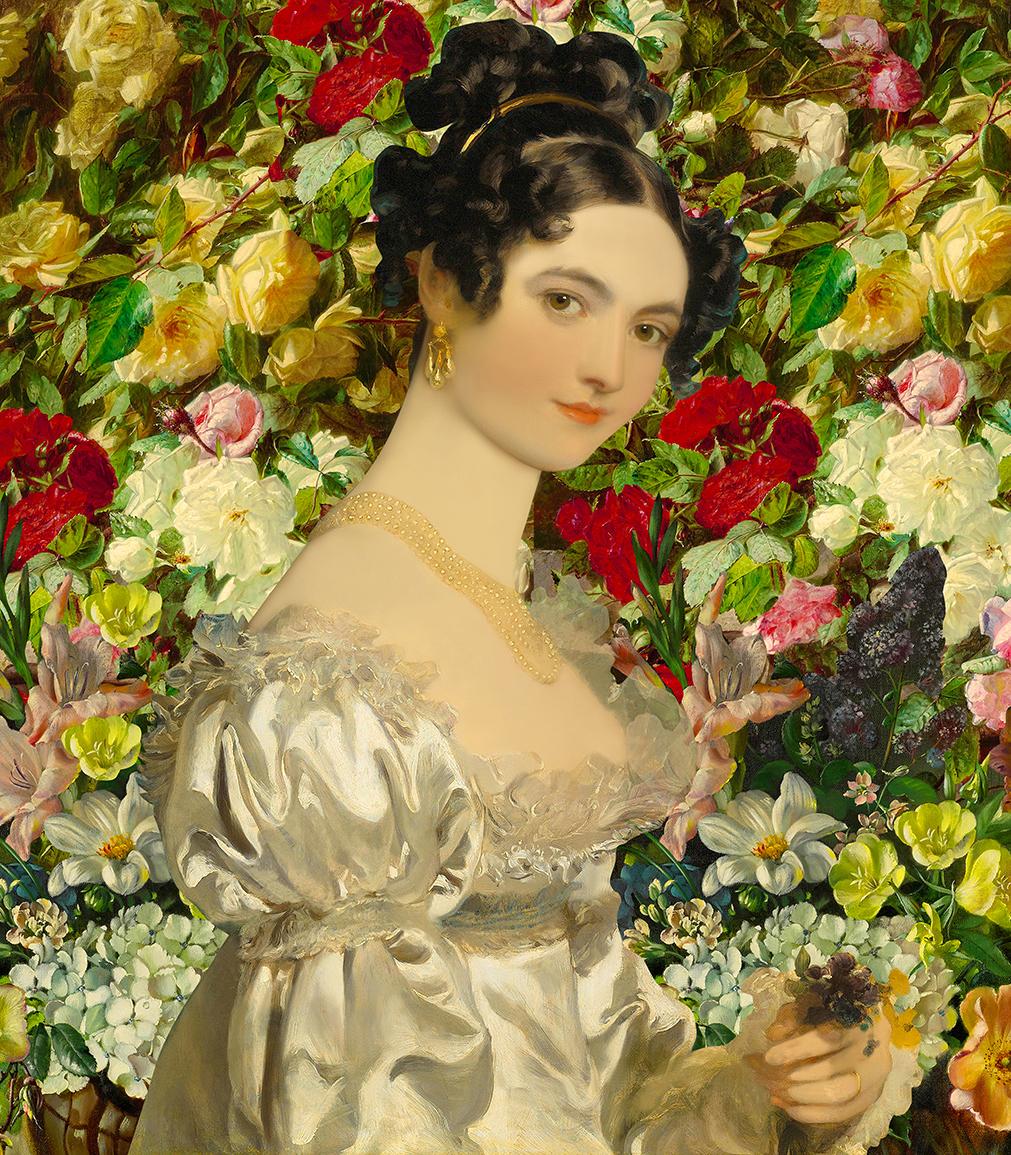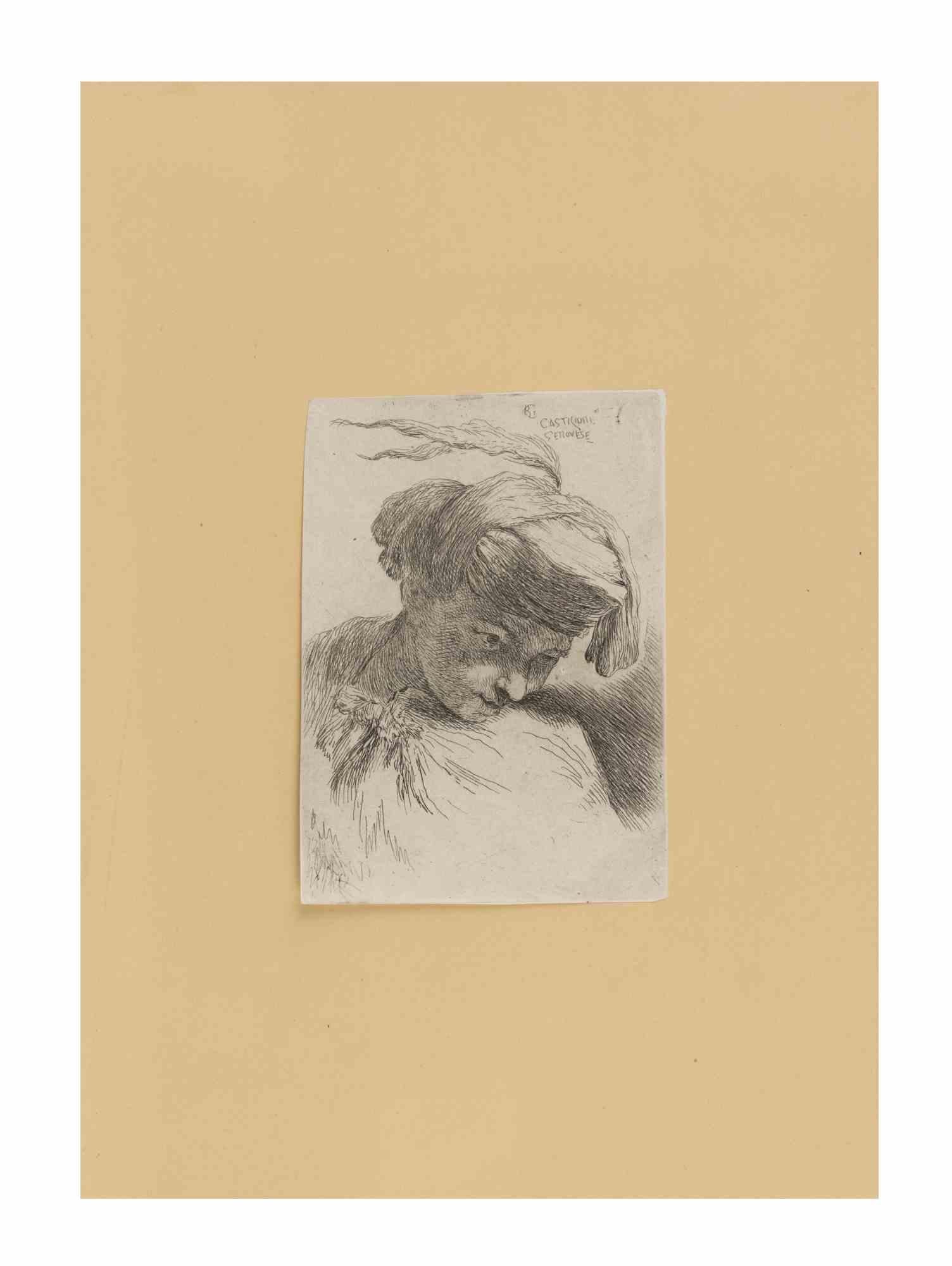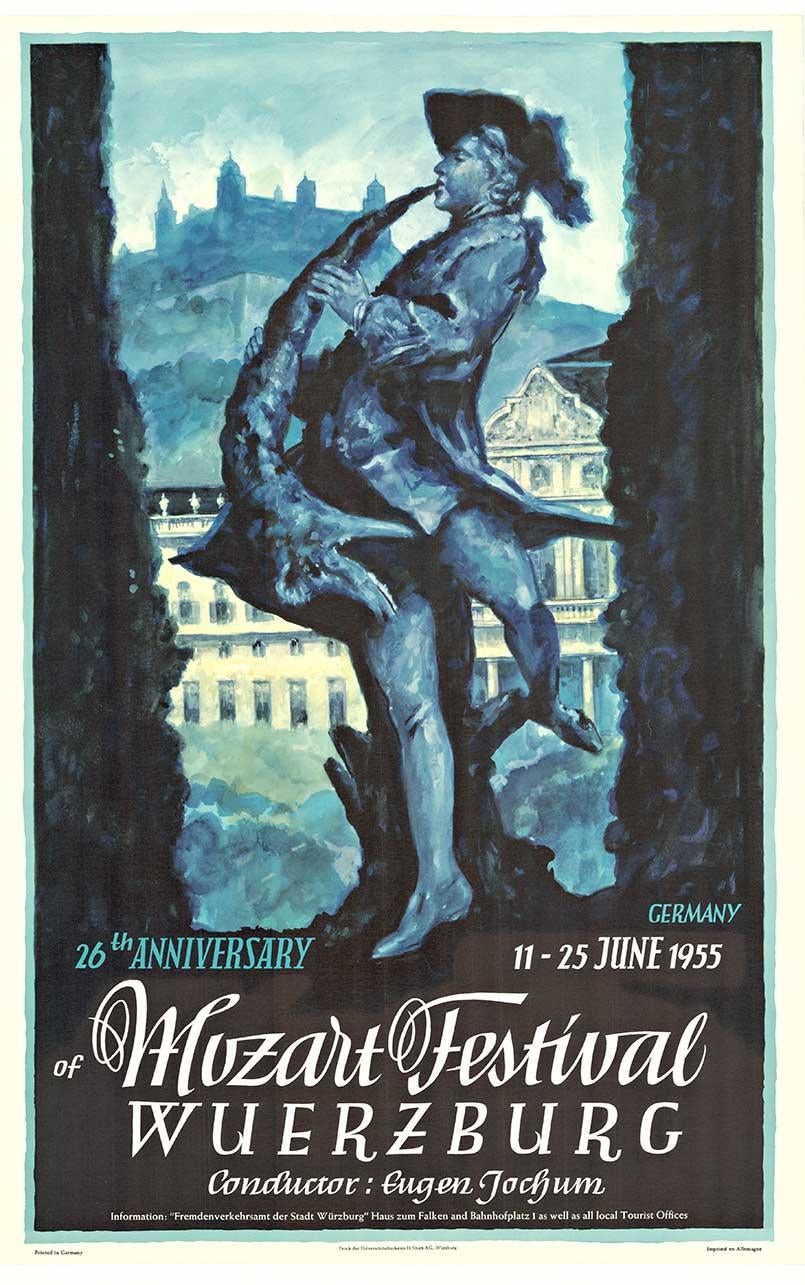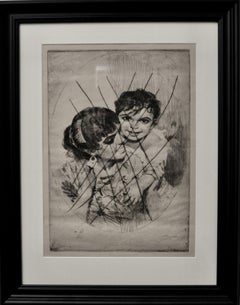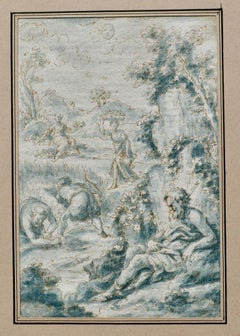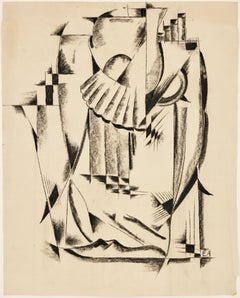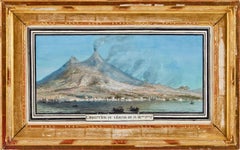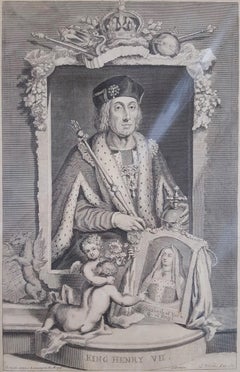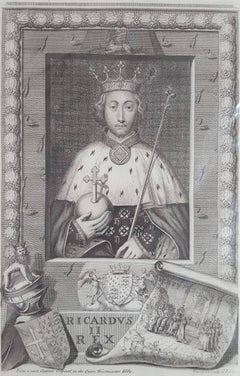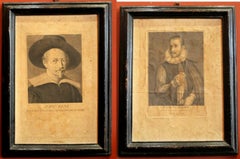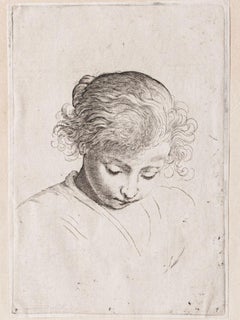
Study of a Girl Looking Down
View Similar Items
Want more images or videos?
Request additional images or videos from the seller
1 of 7
Luca CiamberlanoStudy of a Girl Looking Downcirca 1600-1630
circa 1600-1630
About the Item
- Creator:Luca Ciamberlano (1580 - 1641, Italian)
- Creation Year:circa 1600-1630
- Dimensions:Height: 6.3 in (16 cm)Width: 4.34 in (11 cm)Depth: 0.4 in (1 cm)
- Medium:
- Movement & Style:
- Period:Early 17th Century
- Framing:Framing Options Available
- Condition:It is in good condition and with margins. Good impression. Mounted in a paper passepartout.
- Gallery Location:Stockholm, SE
- Reference Number:1stDibs: LU2608215777352
About the Seller
5.0
Platinum Seller
Premium sellers with a 4.7+ rating and 24-hour response times
1stDibs seller since 2023
15 sales on 1stDibs
Authenticity Guarantee
In the unlikely event there’s an issue with an item’s authenticity, contact us within 1 year for a full refund. DetailsMoney-Back Guarantee
If your item is not as described, is damaged in transit, or does not arrive, contact us within 7 days for a full refund. Details24-Hour Cancellation
You have a 24-hour grace period in which to reconsider your purchase, with no questions asked.Vetted Professional Sellers
Our world-class sellers must adhere to strict standards for service and quality, maintaining the integrity of our listings.Price-Match Guarantee
If you find that a seller listed the same item for a lower price elsewhere, we’ll match it.Trusted Global Delivery
Our best-in-class carrier network provides specialized shipping options worldwide, including custom delivery.More From This Seller
View AllMothers Joy III, also called Maternal Delight III
By Anders Zorn
Located in Stockholm, SE
Maternal Delight III, or Mothers Joy III, (In Swedish Modersglädje III) by Anders Zorn depicting a young woman lovingly playing with her child. A small amusing detail is the small child face visible on the lower left side, just outside the oval. This is an extremely rare etching and is one of two or possibly three known in existence of a so called cancellation proof. A cancellation proof etching of the Maternal Delight III is in the Boston Public Library Collection, USA.
Signed Zorn in the plate. When Zorn decided that the vey limited number of prints were all done he took his burin, (the steel cutting tool used in engraving also, back in history, called graver), and made cross hatched lines across the figures on the original plate, after which he made a couple of after proofs or cancellation proofs and the present etching is one of them. This gives the present work a special and interesting image of one of Zorns best and rarest etchings. Created in London 1883, the first year he made etchings.
Etching 276 x 406mm
Sheet circa 33,5 x 48cm
Literature
Asplund 6. Delteil. 5. Hjert & Hjert 6. Lidbeck 6.
Unfortunately some reflexes in the photos.
Anders Zorn (1860-1920) was a Swedish artist who attained international success as a painter, sculptor, and etching artist. He was to become one of Swedens foremost artists ever. No technique was foreign to him, he worked equally well with watercolors, wash technique or oil painting. The etching technique also attracted this virtuoso and the etchings contributed greatly to his success.
Between 1875 to 1880, Zorn studied at the Royal Swedish Academy of Arts in Stockholm, where he amazed his teachers with his talent. Members of the Stockholm Society approached him with commissions. In early 1881, Zorn met Emma Lamm, whose background was quite different from his. Emma Lamm was from a wealthy Jewish merchant family. She was interested in art and culture and, after a long engagement, they were married in 1885.
During the 1880s Zorn traveled extensively, to London, Paris, the Balkans, Spain, Italy, and the United States. In the 1890s when he was in Paris, he spent much time with Albert Edelfelt. He quickly became an international success and one of the most highly regarded painters of his era. In the beginning of Zorns career, it was primarily his skill as a portrait painter that gained him international acclaim, based principally upon his incisive ability to depict the individual character of his model, he came to portray many great people including three American Presidents: Grover Cleveland, William H. Taft, and Theodore Roosevelt.
Zorn also depicted Swedish dignitaries, for example King Oscar II in 1898, King Gustaf V in 1909, Queen Sophia in 1909, Prince Eugen in 1891, fellow artist Carl Larsson in 1897 and August Strindberg in 1910.
In the late 1880s, Zorn began working in the genre that is probably his hallmark for the general public, nude studies in the open air. Zorn had long been fascinated by the movements of water and the reflections of light on the water surface. Now Zorn chose to place a nude model by or in the water, with the aim of depicting people in nature.
When Zorn started the art of etching, he developed a technique with Rembrandt as a model, where he built up the motif with bursts of lines. The first etching was created in London in 1883, the same year as our Maternal Delight. Axel Herman Hägg, then active in London, was Zorn's teacher in this special technique. Hägg was the person Zorn depicted in his first etching. Zorn quickly mastered the etching technique itself and a unanimous art expert was able to conclude early on that Rembrandt had now found his equal.
At the age of 29, he was made a Chevalier de la Légion d'honneur at the Exposition Universelle 1889 Paris World Fair.
Zorn's reputation as an etcher spread across the world. Soon he could find his etchings in the major world metropolises in Europe and the USA. Zorn produced 289 different etchings, including portraits, genre studies and nude studies.
The motifs on Anders Zorn's graphic sheets are most often based on his own paintings, as ours, which is based on a watercolor he made in 1882 on his first trip to Spain. Even during Zorn's lifetime, his etchings were considered to be artistically superior to his paintings. As a result, his graphics quickly became sought after on the international art market. He was compared to Rembrandt, who as mentioned earlier was Zorn's great role model in the art of etching. Zorn was able to combine the old technique with his personal form of impressionism and the temporary and everyday with the universal. On the printing plates, one can study his outstanding etching technique, his characteristic play with parallel lines drawn in different directions, with varying degrees of force and intensity.
Zorn's art made him wealthy and he was thus able to build up a considerable collection of art. In their joint will, Anders and Emma Zorn donated their entire holdings to the Swedish State.
Some of his most important works can be seen at the National Museum of Fine Arts in Stockholm. Other museums holding major works by Zorn include the Musée d'Orsay in Paris, the Metropolitan Museum of Art in New York, and the Museum of Fine Arts, Boston. The Zorn Collections located in Mora and Garberg, Älvdalen, consist of four museums dedicated to the life and works of Anders Zorn. Shown there are extensive works of Zorn and his collected art.
The Bellman Prize (Bellmanpriset) is a literature prize for "an outstanding Swedish poet", every year awarded by the Swedish Academy. The prize was established by Anders Zorn and his wife Emma in 1920.
The motif: The present etching is based on a central and important work from Zorns first important trip to Spain, 1881-1882. After visiting Madrid and Seville, Zorn set off for Cádiz, tempted by the sea and the city’s women who were reputed to be the most beautiful in all of Spain.
In Maternal Delight, also translated to Mothers Joy and Mothers Pride...
Category
1880s Other Art Style Portrait Prints
Materials
Paper
17th Century Figures Harvesting in a Hilly Landscape
Located in Stockholm, SE
A fine watercolor and sepia drawing of people harvesting in a hilly landscape attributed to Antonio Grano (c.1669-1718). In the front of the image is a shepherd resting against a roc...
Category
Late 17th Century Italian School Figurative Drawings and Watercolors
Materials
Paper, Ink, Watercolor
Abstract Composition Drawing, Chinese Poem 1929
Located in Stockholm, SE
An interesting and highly decorative chalk drawing by Edvard Andersson, 1929. Drawn on a quite large scale. Signed and dated EA, 1929. A tergo written "Kinesisk dikt" (Chinese Poem)
...
Category
1920s Abstract Abstract Drawings and Watercolors
Materials
Paper, Chalk
Eruption of Vesuvius 1776
Located in Stockholm, SE
Eruption of Vesuvius 14 December 1776. Gouache and watercolor on paper, by an unknown, possibly Swedish, artist.
This highly decorative and captivating view of the Bay of Naples cen...
Category
1770s Land Landscape Drawings and Watercolors
Materials
Paper, Watercolor, Gouache
Positano
Located in Stockholm, SE
Ink and watercolor drawing by Carl Palme, dated 1921 and signed "CP," captures the narrow alleys of Positano. According to a note on the reverse, it is a study for an oil painting measuring 70x60 cm. Works from the early 20th century by Carl Palme are rare, making this piece particularly significant.
Drawing 20x24cm. With frame 34x36cm
Carl Adolf Palme (1879 – 1960) was a Swedish painter, draftsman, printmaker, and author. Born in Stockholm to bank director Henrik Palme and Anna Lavonius, he grew up on the Svalnäs estate, which is now a guest home and senior residence.
Palme's artistic education began in London at the Slade School of Fine Art (1900–1901). He then studied at Wassily Kandinsky's art school in Munich from 1902 to 1904. In 1907, he moved to Paris and became the first Swedish student of Henri Matisse. Palme was instrumental in founding the Académie Matisse, a collective of young Swedish and Norwegian artists who rented a large studio in Paris. Matisse visited weekly to critique their work. This group included notable artists such as Isaac Grünewald, Sigrid Hjertén, and Einar Jolin...
Category
1920s Other Art Style Landscape Drawings and Watercolors
Materials
Paper, Ink, Watercolor
Moonlight Scene in Venice with Gondola
Located in Stockholm, SE
Watercolor painting depicting a nocturnal scene of Venice, featuring a gondola gliding slowly through the water under a full moon, by Karl Bergquist. Signed and dated "K Bergquist Ve...
Category
1920s Other Art Style Landscape Drawings and Watercolors
Materials
Paper, Watercolor
You May Also Like
Anthony van Dyck, Engraving Ernest de Mansfeld, c. 1654, Portrait, Iconographie
By (After) Anthony Van Dyck
Located in Greven, DE
A wonderfully detailed and charismatic portrait, this exquisite work illustrates the technical mastery and artistic vision of Van Dyck. Ernest de Mansfeld's stately yet approachable expression reflects Van Dyck's refined ability to comfort and relax his subjects, resulting in a realistic and acute portrait. Ernest de Mansfeld was a German military commander during the early years of the Thirty Years War. Donning his armor and an ornate, lace collar, de Mansfeld appears as a strong commander. Without a hint of a smile, he calmly gazes out, the definition of cool and collected. Van Dyck accurately captures the sense that de Mansfeld is a man who takes his job seriously, a man worthy of commanding an army in battle.
This portrait is a Mauquoy-Hendrickx State II (of II), engraved by Robertus van Voerst in collaboration with Anthony van Dyck (Antwerp, 1559 - London, 1641) as part of his Iconographie series of engraved portraits of famous people...
Category
17th Century Baroque Portrait Prints
Materials
Engraving, Laid Paper
King Henry VII /// Old Masters Royal Family British Portrait Face Engraving Art
By George Virtue
Located in Saint Augustine, FL
Artist: George Virtue (English, 1684-1756)
Title: "King Henry VII"
Portfolio: The Heads of the Kings of England, Proper for Mr. Rapin's History
*Issued unsigned, though signed by Virtue in the plate (printed signature) lower right
Year: 1736
Medium: Original Engraving on laid paper
Limited edition: Unknown
Printer: Unknown, London? UK
Publisher: James, John, and Paul Knapton, London, UK
Reference: Brunet No. IV.1115; Bryan V. No. 294
Framing: Recently framed in a gold ornate moulding with 100% cotton rag matting, and filet from Italy
Framed size: 22.69" x 18.63"
Image size: 11" x 7"
Condition: Light toning and a few minor foxmarks to sheet. In very good condition
Notes:
Comes from Virtue's 1736 "The Heads of the Kings of England, Proper for Mr. Rapin's History" portfolio of approximately 63 engravings. Engraving of Henry VII, King of England. Half length with long hair, cap with jewelled brooch, jewelled collar, and robes edged in ermine, holding orb in left hand and sceptre in right. Within a rectangular frame with crown, orb, and sceptre above and with coat of arms, putti, and a portrait of Elizabeth of York below. With English inscription below.
Henry VII (1457-1509) was the King of England and Lord of Ireland from his seizure of the crown on 22 August 1485 to his death. He was the first monarch of the House of Tudor. Henry attained the throne when his forces defeated King Richard III at the Battle of Bosworth Field, the culmination of the Wars of the Roses.
Biography:
George Vertue...
Category
1730s Baroque Portrait Prints
Materials
Engraving, Laid Paper, Intaglio
King Richard II /// Old Masters British Royal Family Portrait Engraving Art
By George Virtue
Located in Saint Augustine, FL
Artist: George Virtue (English, 1684-1756)
Title: "King Richard II"
Portfolio: The Heads of the Kings of England, Proper for Mr. Rapin's History
*Issued unsigned, though signed by Virtue in the plate (printed signature) lower right
Year: 1736
Medium: Original Engraving on laid paper
Limited edition: Unknown
Printer: Unknown, London? UK
Publisher: James, John, and Paul Knapton, London, UK
Reference: Brunet No. IV.1115; Bryan V. No. 294
Framing: Recently framed in a gold ornate moulding with 100% cotton rag matting
Framed size: 23.63" x 19.69"
Image size: 11.25" x 7.25"
Condition: In excellent condition
Notes:
Comes from Virtue's 1736 "The Heads of the Kings of England, Proper for Mr. Rapin's History" portfolio of approximately 63 engravings.
Richard II (1367-1400), also known as Richard of Bordeaux, was King of England from 1377 until he was deposed in 1399. Richard's father, Edward, Prince of Wales, died in 1376, leaving Richard as heir apparent to his grandfather, King Edward III...
Category
1730s Baroque Portrait Prints
Materials
Engraving, Laid Paper, Intaglio
Italian Painter’s Portrait Engravings on Laid Paper on Canvas in Ebonized Frames
Located in Firenze, IT
These beautiful Italian 18th Centruy engravings on laid paper feature the portrait of two famous Italian painters: Veronese and Guido Reni. They were engraved by Pier Antonio Pazzi a...
Category
18th Century Baroque Portrait Prints
Materials
Cotton Canvas, Laid Paper, Engraving
"Sister Water" - St Francis of Assisi Linocut
Located in Soquel, CA
"Sister Water" - St Francis of Assisi Linocut
Wood Black pring of St Francis by Italian artist (printer of Assisi) Gastone Vignati (Italian, 20C)...
Category
1990s Baroque Figurative Prints
Materials
Paper, Ink, Linocut
$316 Sale Price
20% Off
Beauté du XVIIIe Siècle 3
By Agent X
Located in Kansas City, MO
Agent X
Beauté du XVIIIe Siècle 3
Archival Pigment Inks on 310 gsm hahnemühle paper
Year: 2022
Size: 34x26in
Edition: 50
Signed, dated and numbered by ha...
Category
2010s Baroque Prints and Multiples
Materials
Archival Paper, Digital
$1,100 Sale Price
44% Off
